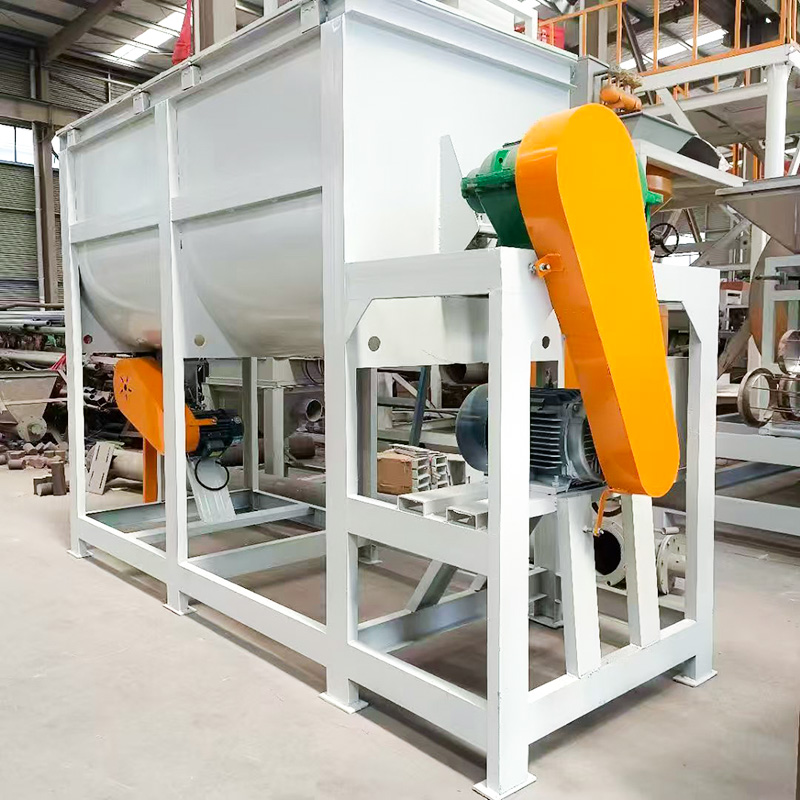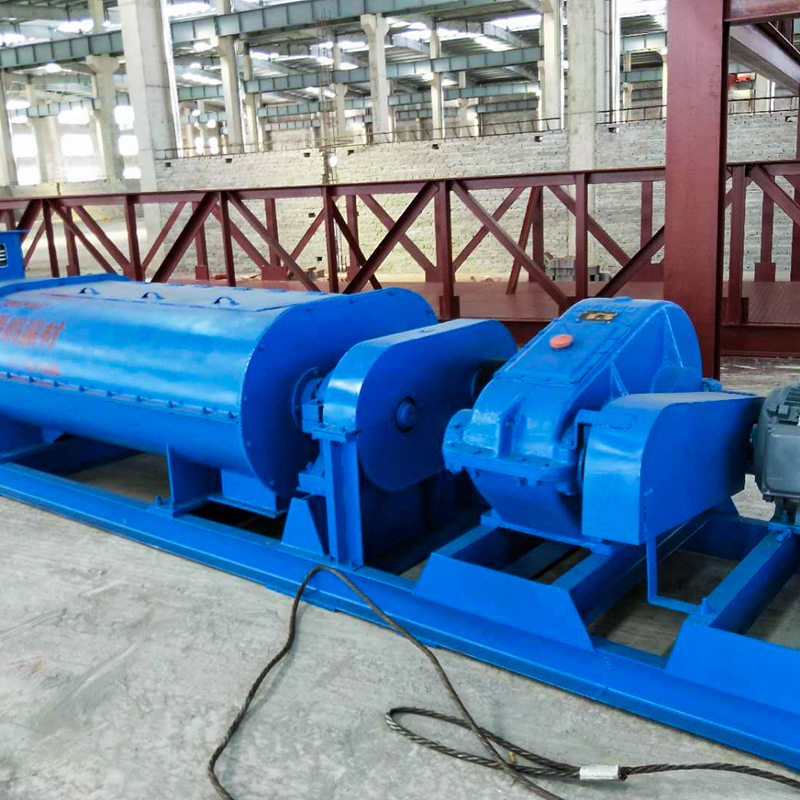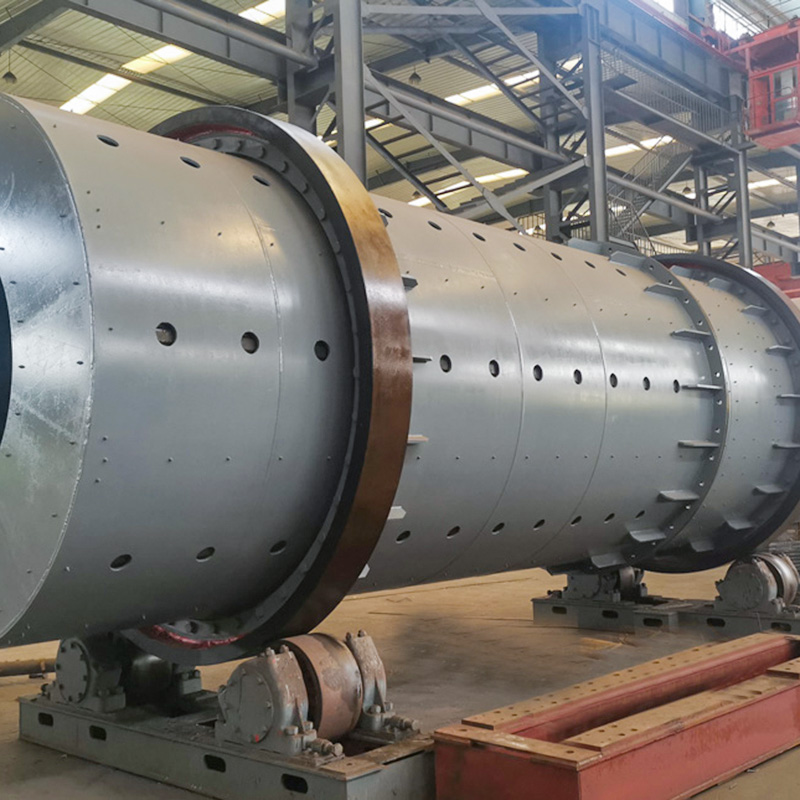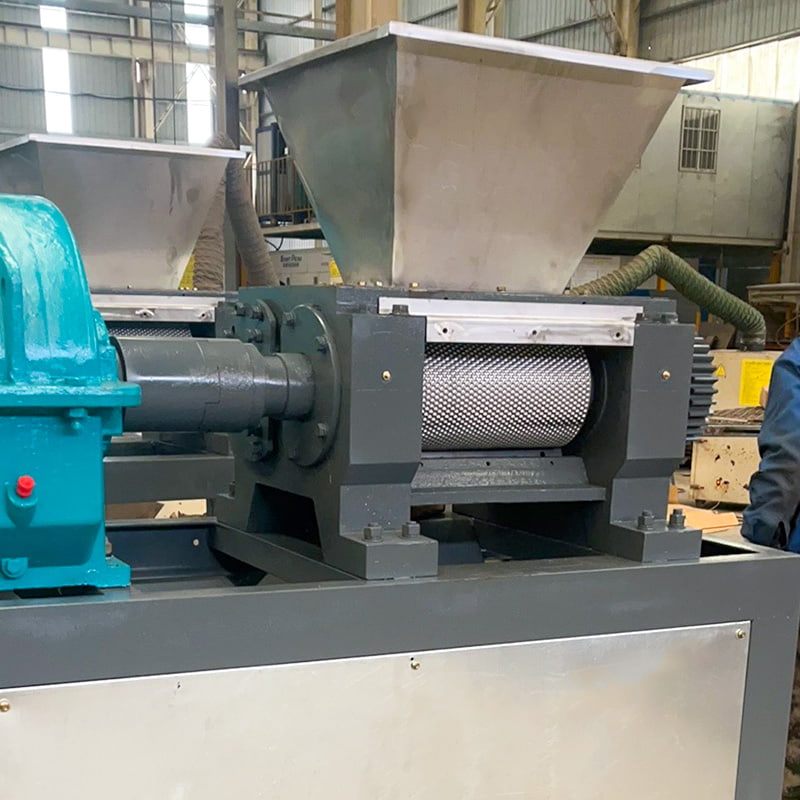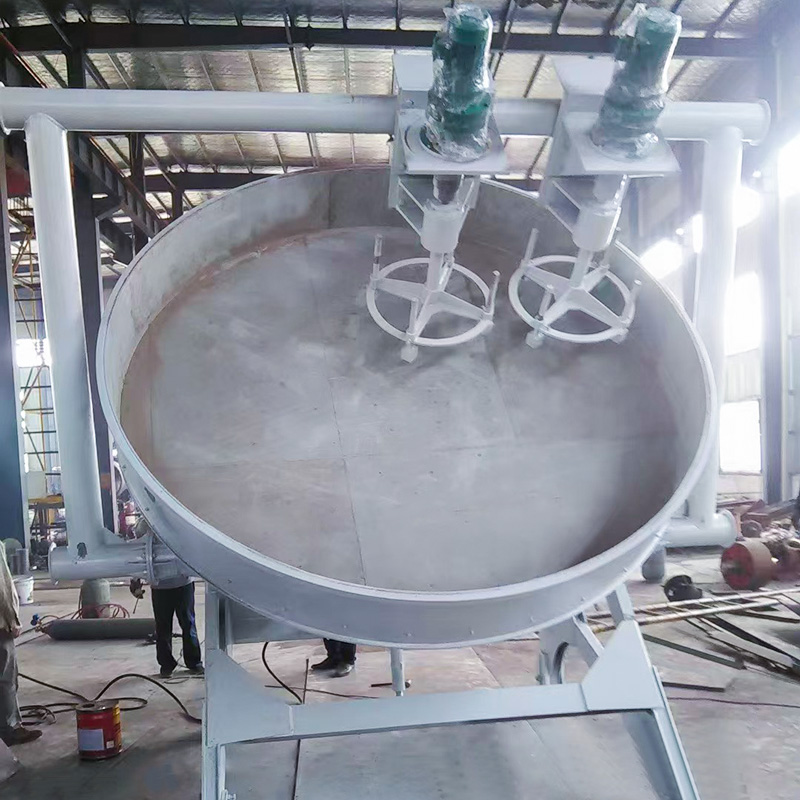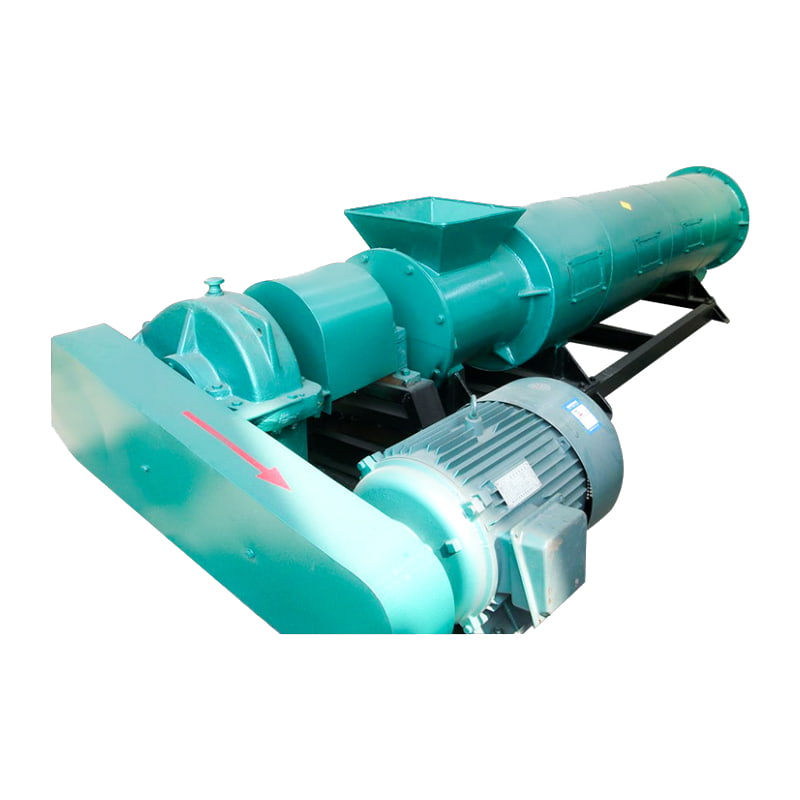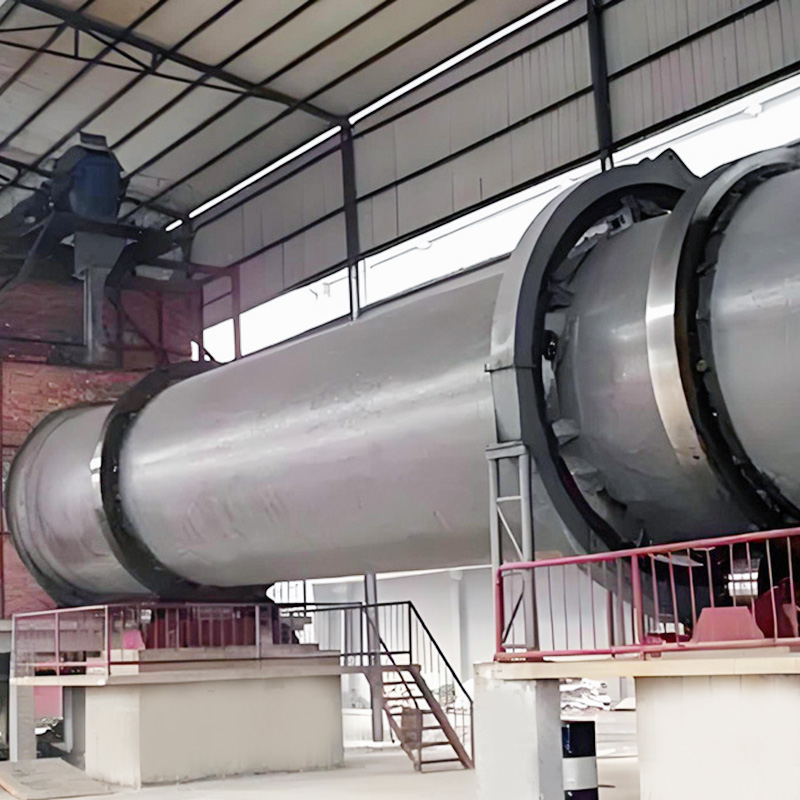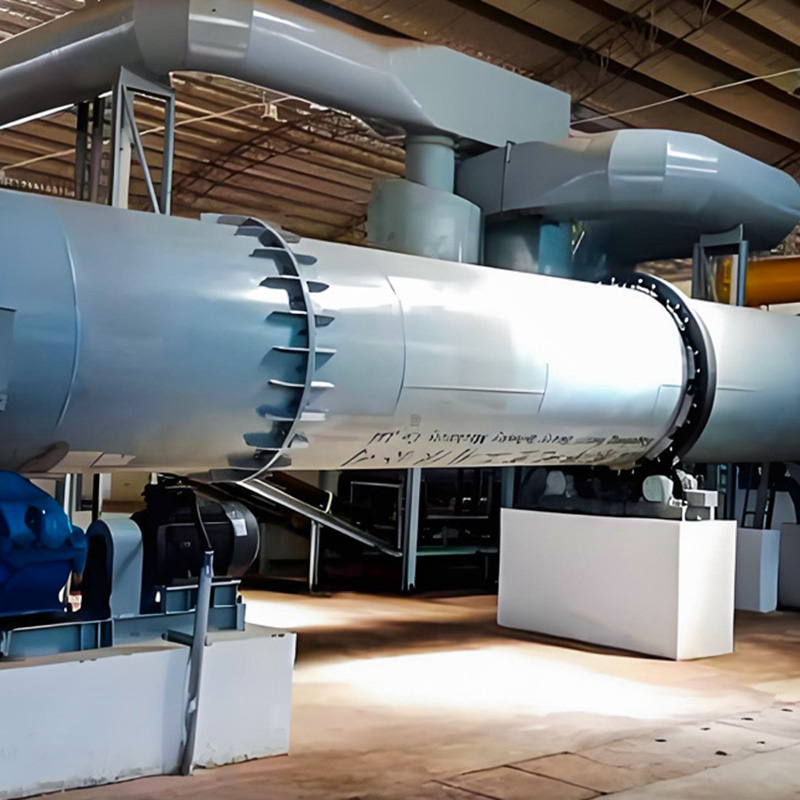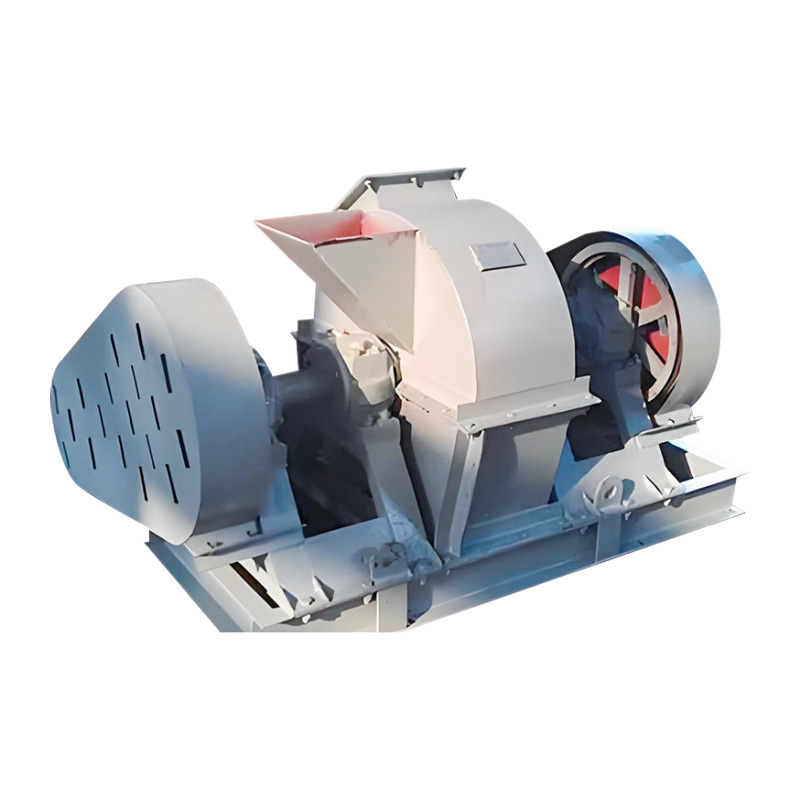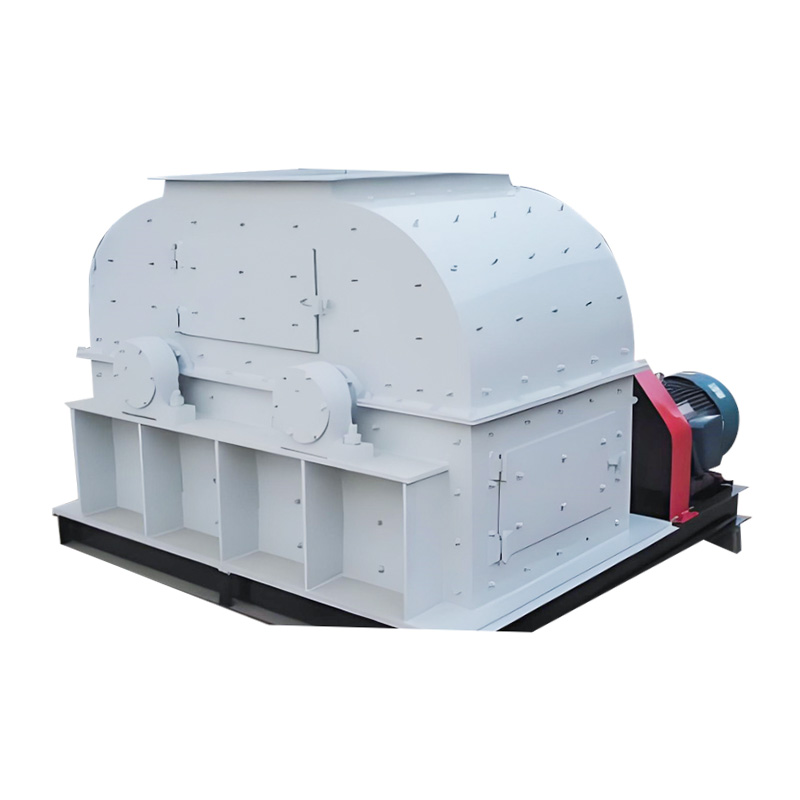Coal fired boilers in thermal power plants burn coal gangue with a certain proportion of particle size. The particle size of the coal in the coal mine is uneven, and most of the material particles in ...
READ MOREMagnesium Metal Rotary Kiln
Our magnesium metal rotary kiln is available in eleven models based on cylinder dimensions, ranging from Ø2.5×40m to Ø5.1×72m. Equipped with matching vertical preheaters (YRQ04-YRQ20) and vertical coolers (LSF36-LSF112), it can meet production needs of various scales, ranging from 150 to 1200 tons/day.
-
SPECIFICATIONS
-
CONTACT US
-
Applications
Dolomite Calcination in Magnesium Metal Production Lines
Product Introduction
The magnesium metal rotary kiln is a specialized rotary kiln developed specifically for the calcination characteristics of dolomite and the process requirements of the Pidgeon process for magnesium smelting. It is a key piece of equipment in dolomite calcination systems. The calcined white produced by the rotary kiln features stable and uniform quality, high activity, and low loss on ignition, fully meeting the process requirements of the Pidgeon process. This ensures high magnesium extraction and silicon utilization rates, reducing magnesium production costs. It is an ideal device for dolomite calcination in the magnesium industry.
Key Advantages
● The rotary kiln consists of a cylinder, support system, transmission system, and seals for the kiln tail and kiln head.
● The reduced aspect ratio and shorter length not only reduce heat loss from the kiln surface to the surrounding area but also reduce the equipment's footprint.
● The cooler and kiln head hood adopt an integrated vertical design, resulting in a compact footprint and excellent sealing, preventing the unorganized emission of hot exhaust gases.
● A vertical preheater installed at the kiln tail transfers excess flue gas heat directly to the dolomite, effectively recovering the heat removed by the exhaust gas.Operating Principle
Dolomite is fed into the kiln through a chute at the kiln tail (high end). Due to the inclination and slow rotation of the cylinder, the dolomite rolls circumferentially and moves axially from the kiln tail (high end) to the kiln head (low end). Fuel is injected into the kiln from the kiln head through a burner for combustion. Heat is transferred to the dolomite through various methods, including radiation, convection, and conduction. Within the kiln, the dolomite undergoes preheating, decomposition, and sintering, calcining into calcined dolomite before being discharged from the kiln head. -
Message Feedback
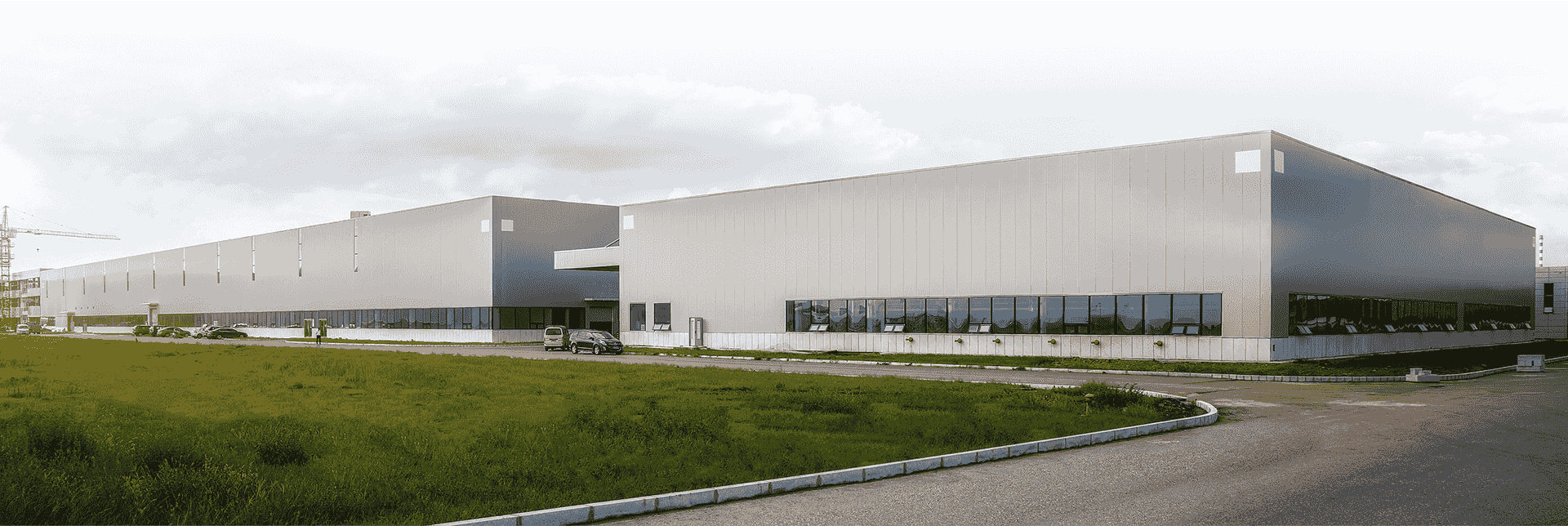
-
-
The grinder adopts a stepless speed control system, which can easily adjust the grinding speed suitable for grinding various components. Adopting an electric pneumatic proportional valve closed-loop f...
READ MORE -
In a significant stride towards bolstering agricultural productivity and sustainability, our company is proud to announce the launch of our state-of-the-art Compound Fertilizer Production Line. This i...
READ MORE

 En
En
 English
English  Français
Français  русский
русский  中文简体
中文简体  عربى
عربى  Español
Español 


